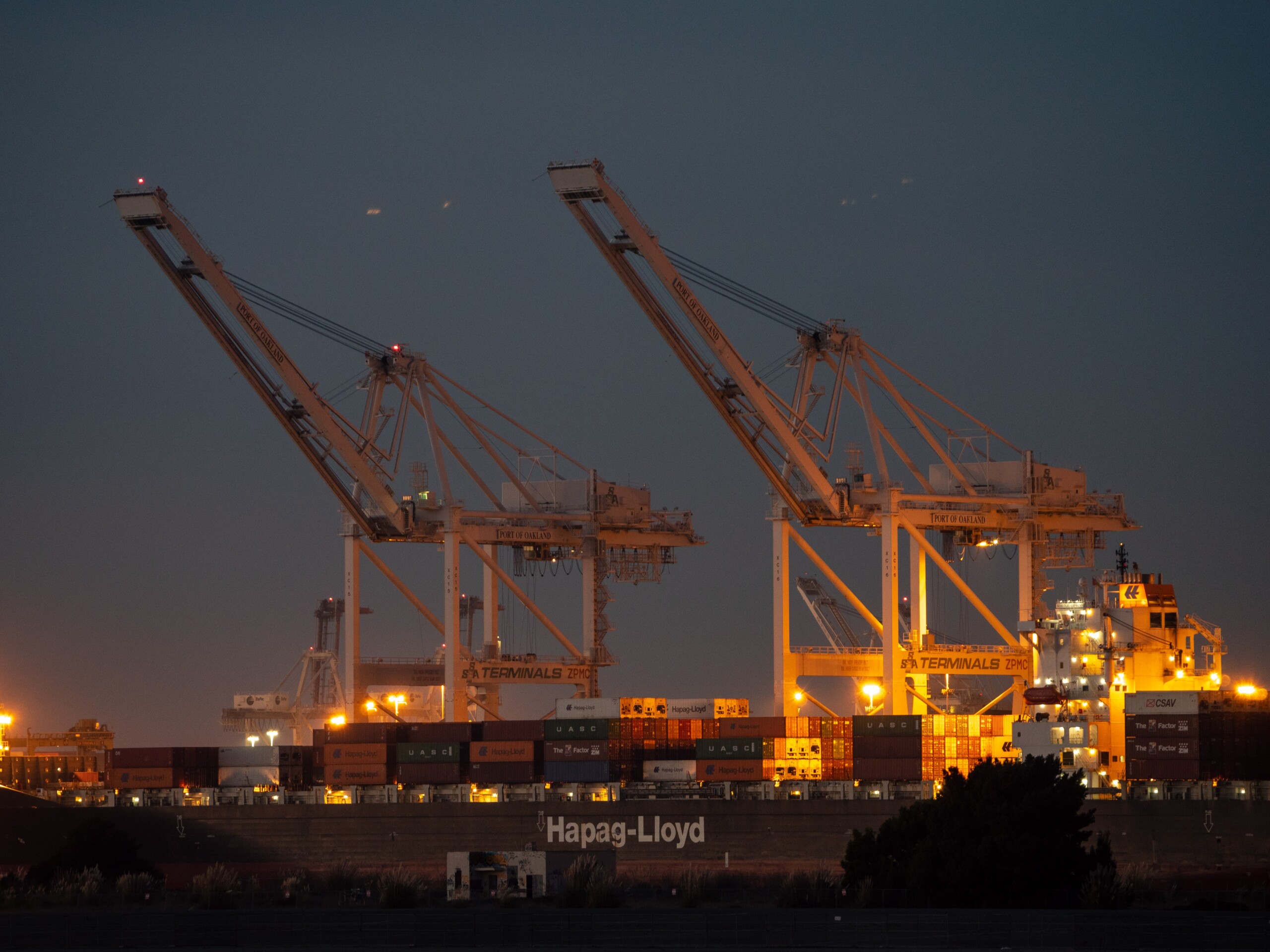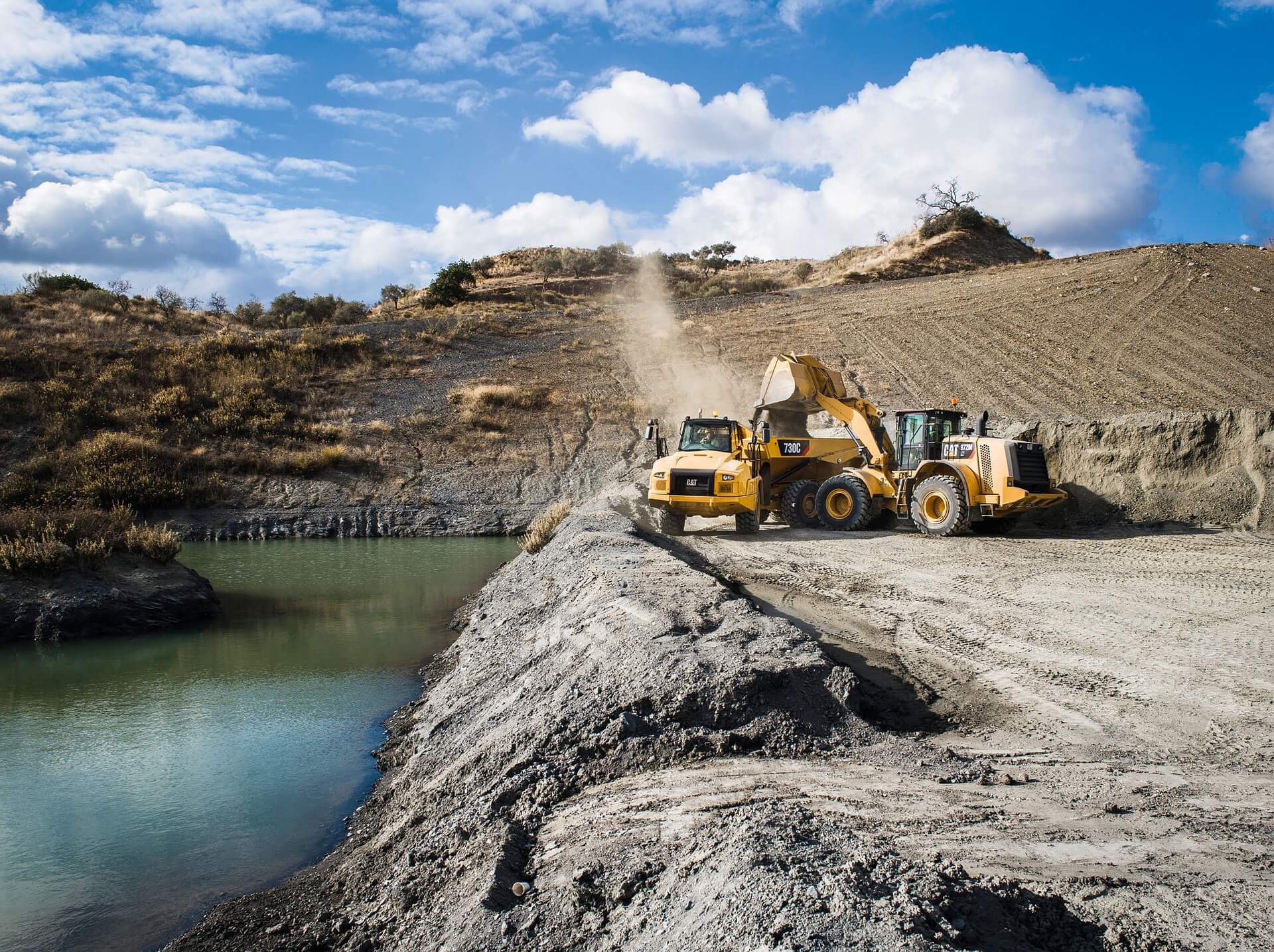What are you doing about the supply chain crisis?
Supply chain struggles converged during the pandemic. Workers weren’t available to mine raw materials, international shipping came to a halt, and people dropped out of the workforce en masse. While it seemed like these issues would be short-lived, we’re still dealing with them three years later.
Prices have notably gone up as well. Between materials shortages, weather-related disruptions, transportation struggles, fuel prices and inflation, you’re fighting against a lot of forces working against you.
While some prices are predicted to recover, others are not.
So instead of weathering the problem, let’s look at what you can do to conquer it. Here are some of the hurdles you’re facing, what’s causing them, and how you can come out victorious on the other side.
1. Challenge: Materials shortage
The price of materials rose 10.1% between November 2021 and November 2022. Unfortunately, there isn’t one thing to pinpoint as the problem. It’s a collection of issues, from supply chain roadblocks to fuel prices.
Worst of all, materials aren’t just facing shipping delays. There are actual raw materials shortages, making it harder to find what you need for your build.
Solution: Forecast your materials needs so you can order ahead
Instead of ordering material a week or two in advance, work on predicting material needs so you can place an order 30 to 90 days in advance. Marcel Broekmaat, Chief Product Officer at Assignar, believes better data can improve your forecasting.
“[Construction has] really short planning cycles,” Broekmaat said. “Our customers look at four to six weeks from now. But what if you could lock in jobs beyond that timeline so that you can buy materials earlier?”
Then, suppliers could take more time procuring materials—and at better prices. Give your suppliers the SKUs you need and the date you need the materials by. Suppliers can procure ahead of time and mitigate their risk.
How to make it happen
Does predicting your material needs that far in advance make you nervous? While every job is different, and there are tons of variables, you can figure out what you use and how much of it is within an acceptable margin. Here’s what it takes:
- Track the data: You can do it with spreadsheets, but a digital operations platform with a construction focus will make it easier to track the data and pull the information together to make those decisions. (Side note: How many times have you added information to a spreadsheet only to never look at it again?)
- Stay on budget: Keep an eye on your actuals in real-time, so you know how much product you’re using and if your estimates are accurate.
- Keep more product on hand: While maintaining stock is a risk, it’ll benefit you if you know what jobs you have coming up and how much material you’ll need. Then you’ll always be a job or two ahead and won’t have to worry about prices rising or the item going out of stock.
2. Challenge: Weather-related logistics problems
Low rainfall and drought conditions in the Midwest stranded barges in the Mississippi River in October last year, backing up 2,000 barges, according to Reuters. While winter rains have helped with water levels, Construction Dive reports contractors around Chicago and Milwaukee have been put on allocations of cement as low as 60% of 2021 deliveries.
It’s not just the Midwest. Wildfires, flooding and inclement weather around the globe have made logistics more difficult to manage, and it’s trickling down to your construction site.
Solution: Establish supplier loyalty
When big weather events happen, you can’t afford to be at the bottom of suppliers’ fulfillment lists. Instead of price shopping, work on establishing a mutually beneficial relationship.
That means being a good customer, even when it’s inconvenient. Buying from a competing supplier to save a few pennies isn’t worth the damage you could do to your supplier relationships. And don’t make last-minute changes or order cancellations if you can avoid them. Dealing with the short-term pain will be worth it for long-term gains.
How to make it happen
It’s tempting to go with the cheapest supplier options as the short-term solution during tough times. A better way to maintain your margins is by improving your estimates. While you can aggregate information with spreadsheets and whiteboards, construction management software helps you nail estimates and improve your margins.
Here are three operational factors that get better when you embrace a digital solution.
- Data accuracy: Only with accurate data can you make precise quotes that ensure you stay within your margins.
- Real-time visibility: Comparing your actuals against your budget day-by-day (or even hour-by-hour) gives you the ability to make quick decisions and fix small overages before they become big ones.
- Streamlined workflows: With better insights into material and equipment usage and workflows, you can tweak operations to enhance efficiency.
3. Challenge: Equipment on backorder
Some heavy equipment has been on backorder. Lead times have gone from a three-month average to eight-and-a-half months.
The equipment supply shortage is a tangled web of factors. Manufacturers are seeing the same supply chain issues. Plus, semiconductors and the raw materials needed to make them are still in short supply. Equipment manufacturers are going up against car manufacturers for semiconductor bids and losing.
Global manufacturers predict it won’t be until late 2024 or early 2025 before equipment production catches up with demand. That makes it even more important for you to maximize your equipment usage and keep it up and running as long as possible.
Solution: Use your equipment to its fullest
Dealing with shortages and long lead times means you need to figure out how to do more with less. Broekmaat said it’s about looking at current and historical data to inform your equipment needs.
“If you see that a piece of equipment has not been utilized or is sitting at 50% over the past two weeks or past two months, then you may want to do something about that,” Broekmaat said. “Proactively, you can look at forecasts for required capacity for that type of machinery. So it’s both looking back and looking forward.”
How to make it happen
Instead of comparing calendars and schedules and writing everything in pencil because you’ll know you’ll have to make changes, enlist the help of a construction operations platform. Here are a few ways to get the most out of your machines:
- Mitigate idle time with better scheduling: Every time your equipment sits idle on your job site, you’re potentially losing money. But the opposite is also true. You don’t want work to halt on one site because your tower crane is in use across town. Construction scheduling software will help discern when each piece of equipment is needed for a job and then schedule it accordingly. It’ll help prevent accidental overlap and unnecessary idle time.
- Stay on top of maintenance: Prevent major repairs by staying on top of issues and scheduling regular maintenance when equipment has scheduled downtime. You can also make regular checks a part of your pre-work process to ensure equipment is operating safely and properly.
- Keep operators certified: A piece of machinery without an operator is just as useless as no machine. Add certifications and renewal dates to your operations software so operators are always licensed and certified.
- Rent to close the gaps: Rather than shutting down a site because you don’t have the necessary equipment, look for rental options. Maintaining a fleet is costly, and renting can help close the gap when your parts replacement is six months out.
“If you see that a piece of equipment has not been utilized or is sitting at 50% over the past two weeks or past two months, then you may want to do something about that,” Broekmaat said. “Proactively, you can look at forecasts for required capacity for that type of machinery. So it's both looking back and looking forward.”
4. Challenge: Transportation struggles
The cost of fuel has been up and down over the last year due to several global concerns, like the Russian invasion of Ukraine in February of 2022 and an overall lack of refineries to meet demand.
The shortage has caused the product price index for diesel fuel to leap by 59.6% in the last 12 months, despite a one-month decline of 3.4% in November, according to the Association of General Contractors. Rising fuel costs make it more expensive to run heavy equipment, but it also increases transportation costs across the board.
Solution: Tighten your grip on resource management
Much like the equipment shortage, managing diesel fuel shortages and skyrocketing prices requires top-notch resource management. That means ensuring you have the right information at all times so you can make quick decisions to improve efficiency.
How to make it happen
Fuel prices are a long-term problem with few short-term solutions. Optimizing consumption is the best way to start, but you’ll have to look deeper to deal with the problem in the future.
- Track daily fuel consumption: With costs as high as they are, you need to ensure you’re on top of fuel consumption. Use a digital solution so you can see daily usage updates. That way, you’ll know if machines are being mismanaged, if there are lower-consumption options, or if equipment issues are causing problems.
- Upgrade to high-efficiency vehicles: When it’s time to upgrade your machinery, look into more efficient solutions that require less fuel. You may have to pay more upfront, but it’ll benefit your business in the long run.
- Pass along the costs (as a last resort): It’s not a popular solution, but passing along fuel surcharges is a way to help you manage costs while you look for a long-term solution. FedEx and UPS (and likely many contractors) have done it and pulled it off.
Overcoming the supply chain crisis now and in the future
Long-term success in the construction industry depends on your adaptability. You might not be able to solve the supply chain crisis, but focusing on data and efficiency will help you jump the many hurdles ahead.
Your company can continue to thrive and meet the demands of a rapidly changing world. It just takes the right approach.





